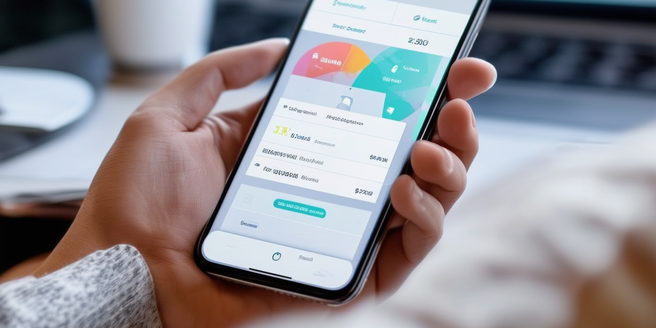Understanding the Importance of Expense Tracking
Expense tracking is an essential practice for both individuals and businesses seeking financial stability. By monitoring spending habits, one can identify areas of excessive expenditure and implement cost-saving measures. This financial awareness fosters more informed budgeting decisions and promotes financial accountability. Businesses, in particular, can benefit from expense tracking by optimizing operational costs, improving cash flow management, and preparing accurate financial reports. Furthermore, regular review and analysis of expenses can prevent financial mismanagement and fraud. With modern technology, many tools and apps now make it convenient to track expenses, whether it’s through automated data entry from bank accounts or receipt scanning, thus eliminating the cumbersome task of manual logging. Understanding and employing these tools can lead to enhanced financial health and strategic growth.
Top Features to Look for in Expense Trackers
When selecting an expense tracker, it’s crucial to prioritize features that align with your financial needs and lifestyle. Essential features include automatic transaction import from banks to minimize manual entry, and receipt scanning to digitize paper trails. Look for a user-friendly interface that makes it easy to categorize expenses, set budgets, and generate reports. Mobile access is important for tracking on-the-go, so ensure the app is compatible with your devices. Security is paramount; ensure the app encrypts data and offers robust password protection. Integration capabilities with other financial tools like accounting software can enhance performance by streamlining data entry and reporting. Finally, seek out apps offering detailed analytics to identify spending trends and aid in forecasting, empowering you to make informed financial decisions.
Compare Leading Expense Tracking Apps
Choosing the right expense tracking app can transform your financial management strategy. Start by considering popular apps like Mint, Expensify, and YNAB, each offering unique advantages. Mint is renowned for its comprehensive budgeting tools and real-time transaction syncing, while Expensify excels in simplifying expense reports with its receipt scanning feature suitable for individual and business use. YNAB (You Need A Budget) takes a proactive approach, encouraging users to give every dollar a purpose and focus on forward planning. Compare pricing models as well—while some apps offer free basic services, premium features may require subscriptions. Analyze user reviews and support quality, as reliable customer service can be invaluable for troubleshooting issues. Ultimately, select an app that meets your specific requirements, ensuring a seamless and effective expense tracking experience.
How to Integrate Expense Tools with Other Software
The ability to integrate expense tracking tools with other software can introduce efficiencies and enhance data accuracy. Start by identifying systems that frequently interact with financial data, such as accounting platforms, CRM systems, or ERP software. Many expense tools offer API connectivity, allowing seamless data exchange without manual entry. When selecting an expense tracker, ensure it supports integration with your existing technology stack, facilitating automated data transfers. Evaluate whether the tool allows customization to fit unique business processes, which might involve tailoring data fields or workflows to meet specific needs. Integration can streamline financial reporting by synchronizing expenses with accounting ledgers, providing a unified view of financial performance. Regularly review integration setups for updates to maintain smooth operations, thus maximizing the benefits of a cohesive financial ecosystem.
Tips for Maximizing Benefits from Expense Tracking
To fully leverage expense tracking tools, it’s vital to adopt effective strategies that ensure accuracy and efficiency. Begin by establishing a routine: regularly input expenses to maintain current data, enabling timely insights. Leverage automatic features like bank syncing and category rules to reduce manual work and improve data consistency. Set clear financial goals and consistently compare actual spending against budgets, using app-generated reports to identify variances. Stay informed about updates or new features that could enhance functionality, and attend webinars or read guides to become proficient with the tool. Regularly review and adjust categories and budget limits to better reflect evolving financial situations. Additionally, backup data periodically to safeguard against loss. Through these measures, expense tracking becomes an invaluable component of financial planning and accountability.


